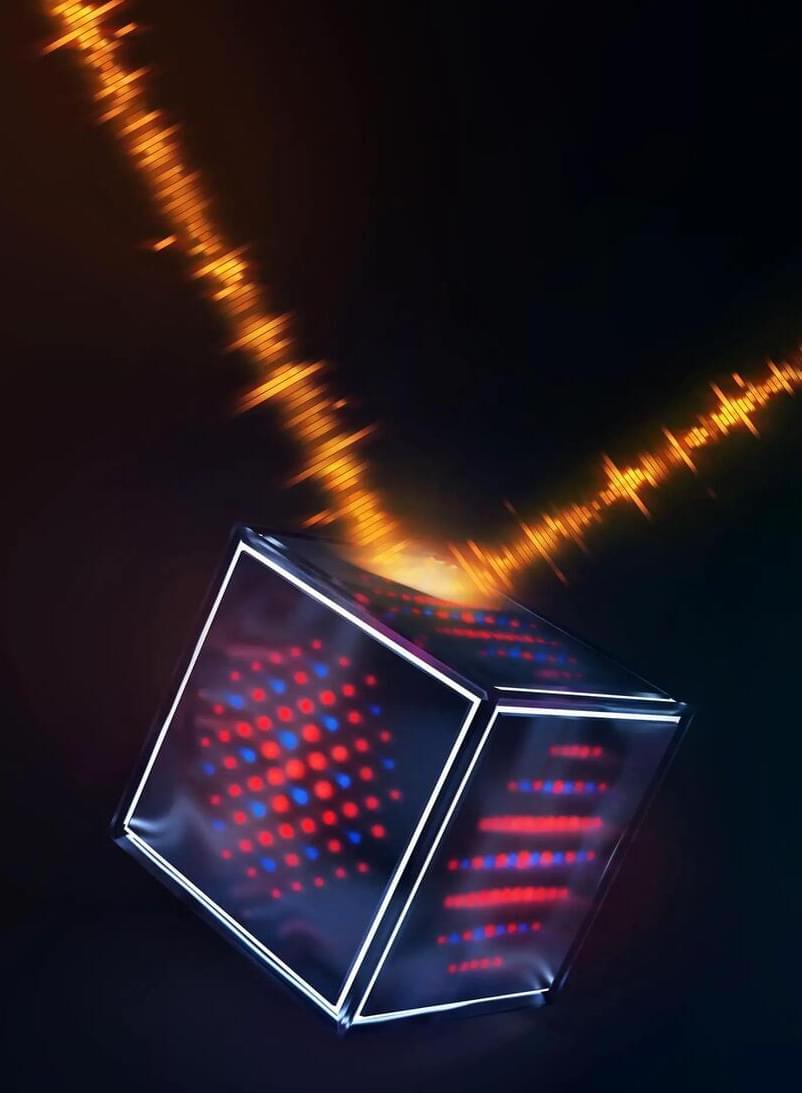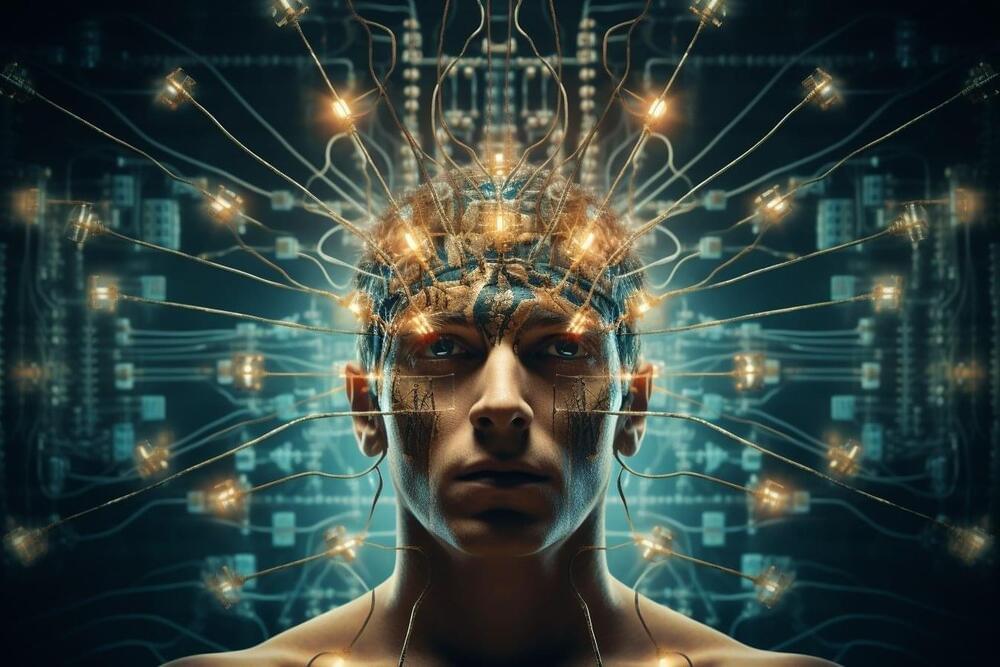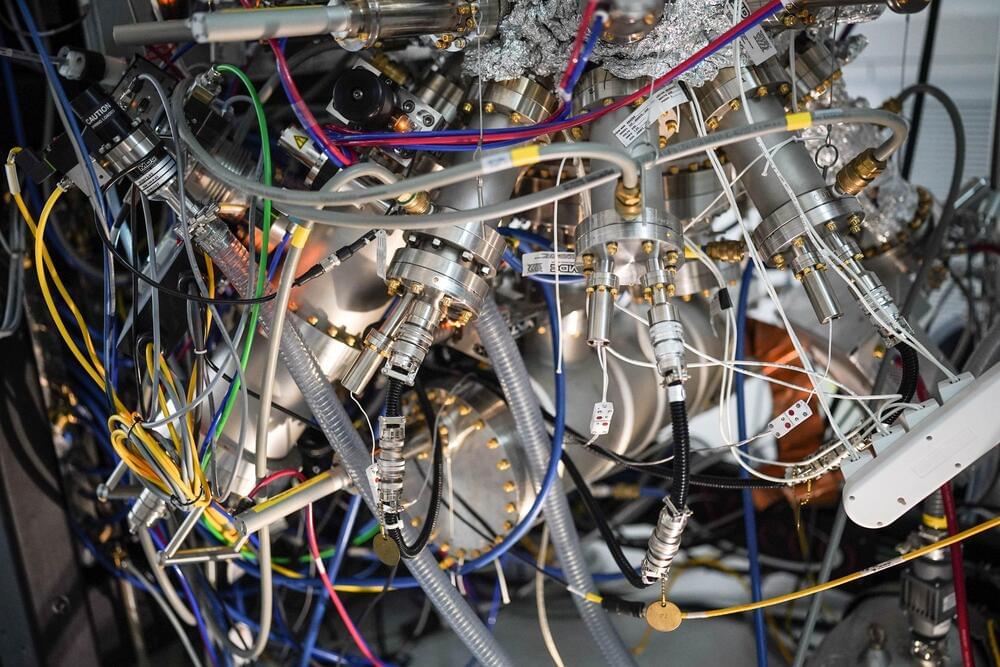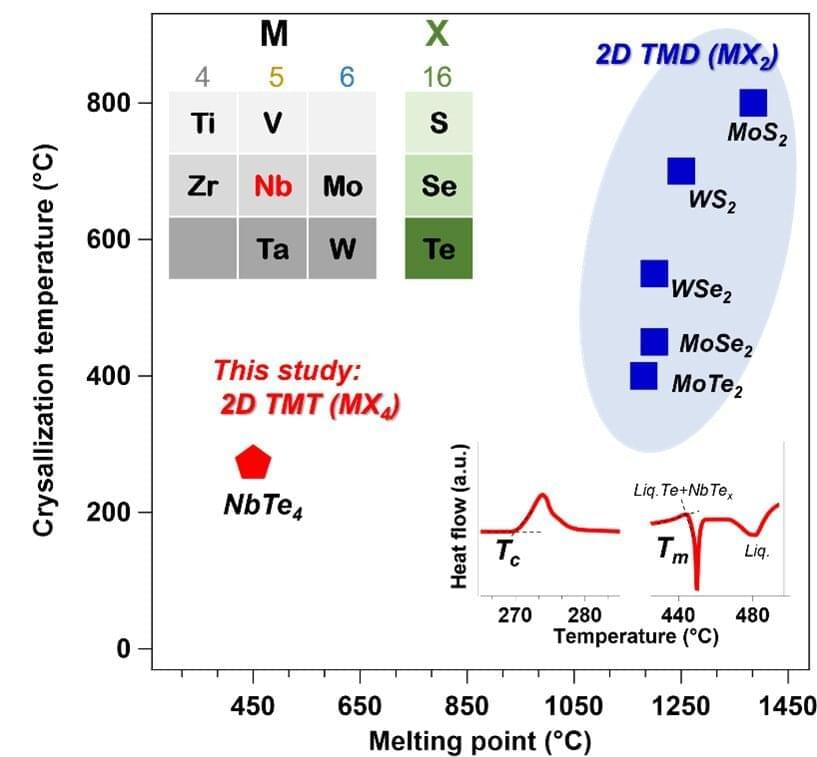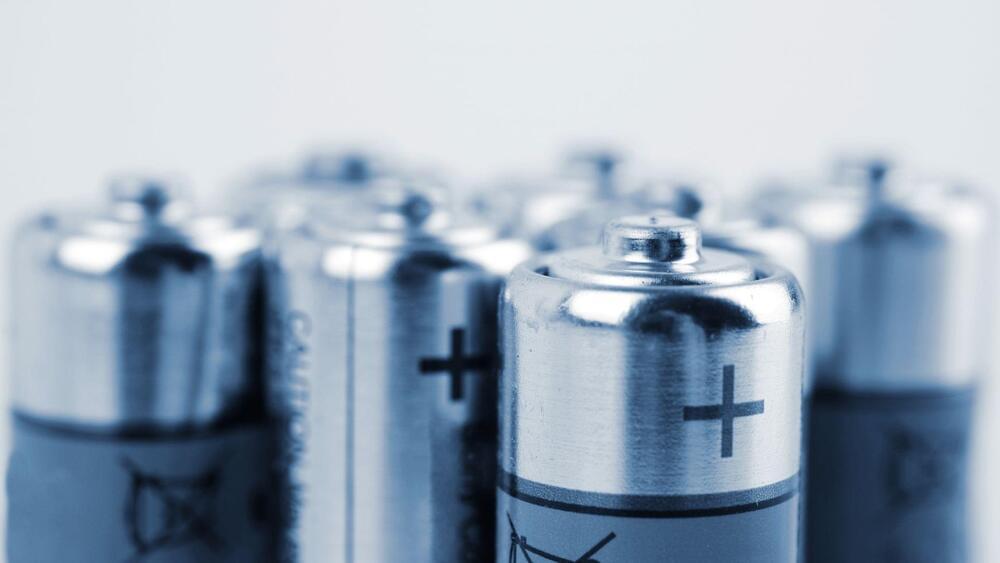Researchers have achieved a major milestone in quantum computing by extending the lifetime of quantum information beyond the breakeven point using Quantum Error Correction, opening the path for effective quantum information processing amidst real-world noise. Understanding Decoherence and Quantum E.
Working on your muscles could help delay the onset of Alzheimer’s symptoms, researchers have revealed.
Researchers from the Federal University of São Paulo and the University of São Paulo in Brazil have uncovered strong evidence that resistance training – where muscles are worked against a weight or a force – could have significant consequences for the brains of dementia patients.
Before you hurriedly renew your gym membership or break out the home exercise equipment, it’s worth bearing in mind that this was a mouse model study. Nevertheless, the same principles are likely to apply to humans.
If you start learning artificial intelligence skills now, you’ll be ahead of the curve when it becomes ubiquitous, says self-made millionaire Matt Higgins.
Summary: Our brains have been likened to an orchestra, with neurons as musicians creating a symphony of thought and memory.
A recent study reveals the conductor behind this symphony: electric fields. These fields are generated by the combined electrical activity of neurons, orchestrating them into functional networks.
This research shines a light on the brain’s complex inner workings and could impact the future of brain-computer interfaces.
By submitting your email, you agree to our Terms and Privacy Notice. You can opt out at any time. This site is protected by reCAPTCHA and the Google Privacy Policy and Terms of Service apply.
Researchers in the Andrew and Erna Viterbi Faculty of Electrical and Computer Engineering have demonstrated control over an emerging material, which they consider as a possible future alternative to silicon in microelectronics. This is a timely development, because scientists and engineers face challenges in continuing the transistor shrinking trend, an important driver of computer chip performance.
The continuous performance improvement of these chips has been driven by shrinking the size of the most basic logic “Lego” piece – the transistor. Transistors are miniature switches that control the flow of electric currents, analogous to a faucet controlling the flow of water. Already in the early 1960s, Gordon Moore, the founder of Intel, proposed that the transistors’ miniaturization rate should allow doubling of the number of transistors per area every 2 years.
Phase change memory is a type of nonvolatile memory that harnesses a phase change material’s (PCM) ability to shift from an amorphous state, i.e., where atoms are disorganized, to a crystalline state, i.e., where atoms are tightly packed close together. This change produces a reversible electrical property which can be engineered to store and retrieve data.
While this field is in its infancy, phase change memory could potentially revolutionize data storage because of its high storage density, and faster read and write capabilities. But still, the complex switching mechanism and intricate fabrication methods associated with these materials have posed challenges for mass production.
In recent years, two-dimensional (2D) Van Der Waals (vdW) transition metal di-chalcogenides have emerged as a promising PCM for usage in phase change memory.
Aslan Alphan/iStock.
The newly created anode-free battery has a volumetric energy density of 977Wh/L, which is 40 percent greater than the conventional batteries, while the conventional batteries have a volumetric energy density of 700wh/L.
As customers browse and shop in-person and online, AI is humming behind the scenes looking for the relevant connections between bits of information. Already, it’s helped retailers make potentially millions of decisions to better manage inventory, understand shoppers, and price their products and services.
And it’s just getting started. Able to parse an amount of data no human could, AI has the potential to detect disruptions or product demand earlier, allowing retailers to avoid missed opportunities. Location, as always, remains vital to that undertaking. The most successful retail operation gives the customer what they want when and where they want it at a price point most profitable for the seller.
Formula One (F1) has always been a technology-driven sport. Behind every car tearing up the circuit at 250 mph is a team of engineers and scientists competing to wrangle every advantage, leveraging the latest innovations in data, analytics and high-performance computing.
Right now, as is the case in every industry, artificial intelligence (AI) is driving a wave of disruption, transforming car design, race performance and fan experience alike.
As Christian Horner, CEO of Oracle Red Bull Racing, says, “Data is in the team’s lifeblood. Every element of performance – how we run a race, how we develop a car, how we select and analyze drivers – it’s all driven by data.”
